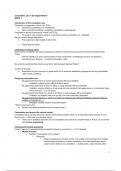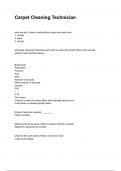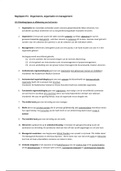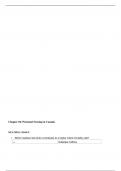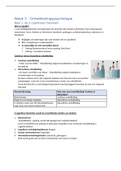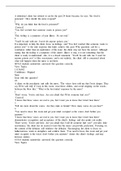Class notes
CONCISE COMPETITION LAW NOTES
- Course
- Institution
This document entails all the information taught in 'Competition in the Digital Market', with a focus on the substance studied in lectures. It is helpful to bring into the exam (as it is open book), providing a clear and comprehensive guide through the contents of this course.
[Show more]
